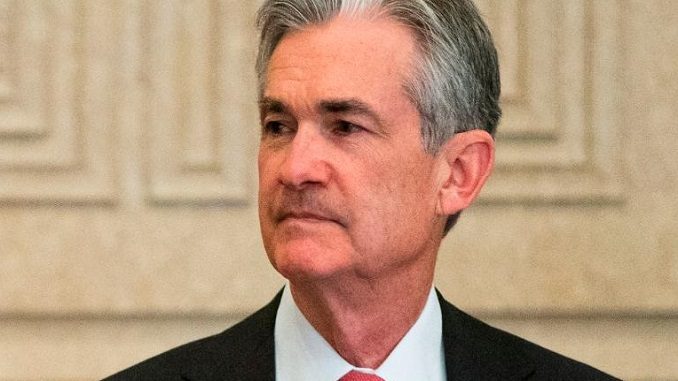
The U.S. Federal Reserve, facing fresh demands by President Donald Trump to cut interest rates, is expected to leave borrowing costs unchanged at a policy meeting this week but possibly lay the groundwork for a rate cut later this year, Reuters informs.
New economic projections that will accompany the U.S. central bank’s policy statement on Wednesday will provide the most direct insight yet into how deeply policymakers have been influenced by the U.S.-China trade war, Trump’s insistence on lower interest rates, and recent weaker economic data.
Analysts expect the “dot plot” of year-end forecasts for the Fed’s benchmark overnight lending rate – the federal funds rate – will show a growing number of policymakers are open to cutting rates in the coming months, though nowhere near as aggressively as investors expect or Trump wants.
The Fed is also widely, though not universally, expected to remove a pledge to be “patient” in taking future action on rates, opening the door to a possible cut at its coming policy meetings, Reuters adds.
Risks may be rising, but “I don’t think they want to box themselves into a corner,” said Carl Tannenbaum, chief economist at Northern Trust. “The markets are set up for a cut in July, and if they don’t get it, financial conditions will tighten.”
The federal funds rate is currently set in a range of 2.25% to 2.50%. The Fed’s policy-setting committee is due to release its latest statement and economic projections at 2 p.m. EDT (1800 GMT) on Wednesday after the end of a two-day meeting. Fed Chairman Jerome Powell will hold a press conference shortly after.
The Fed’s last set of economic and policy projections, released in March, showed most policymakers foresaw no need to change rates this year and only very gradual rate hikes thereafter.
Recent U.S. retail sales numbers were strong. But while unemployment has held near a 50-year low of 3.6%, U.S. employers created a paltry 75,000 jobs in May. Inflation, which Powell says is low in part because of temporary factors, continues to undershoot the Fed’s 2% target.
The Atlanta Fed forecast on Friday that gross domestic product will increase at a 2.1 percent annualized rate in the April-June quarter, a drop from the 3.1 percent pace of the first three months of the year.
Trade uncertainty has increased as well, with Trump using the threat of tariffs on goods from Mexico to force the country to curb the number of mostly Central American immigrants crossing the U.S.-Mexico border.

Be the first to comment